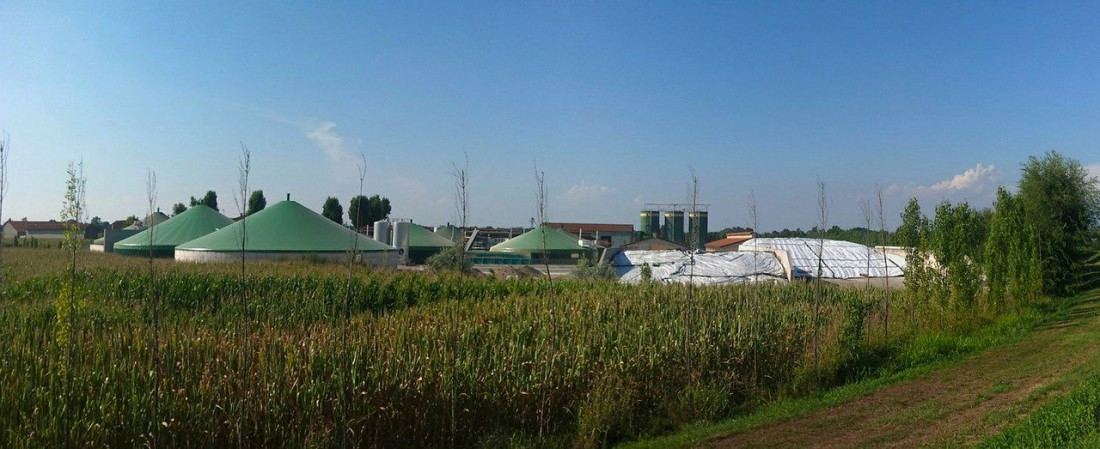Researchers at MiT have discovered a new metabolic engineering technique for producing liquid biofuels and biochemicals that the study shows to be more efficient and cheaper than traditional methods. Furthermore, the technique eliminates the need to use antibiotics, further lowering costs and reducing the biofuel industry’s impact on the global antibiotic shortage.
The problem occurs because conventional biofuel and biochemical production can become contaminated by unwanted bacteria that enter the process. These undesirable microbes then compete for nutrients with the target bacteria, reducing yields and productivity.
For this reason, many biochemical and biofuel processes use ethanol as a feedstock as it has a natural toxicity to most bacteria, but not the target microorganism (the yeast Saccharomyces cerevisiae) that is used to ferment it. But ethanol is not always a suitable biochemical feedstock, particularly for more complex biochemical production and highly advanced biofuels. In these situations the problem must be solved either with antibiotics, which can lead to tolerant bacterial strains, or by using a steam-based process that kills off the unwanted microorganisms, but at a high cost.
But all that may now change, as researchers have found a new technique that, according to reports from MiT uses, “engineered microbes, such as Escherichia coli, with the ability to extract nitrogen and phosphorous — two vital nutrients needed for growth — from unconventional sources that could be added to the fermentation vessels.” The report continues to explain that, “because the engineered strains only possess this advantage when they are fed these unconventional chemicals, the chances of them escaping and growing in an uncontrolled manner outside of the plant in a natural environment are extremely low.”
For example, conventional biochemical techniques often use ammonium as a source of nitrogen for the growth of their microorganisms. However, the unwanted bacteria, Lactobacilli, can also extract nitrogen from ammonium, and so competes for resources with the targeted organism. To combat this, the research team engineered microbes that can take their nitrogen from melamine, a “xenobiotic, or artificial, chemical that contains 67 percent nitrogen by weight”. As the unwanted bacteria cannot extract nitrogen from melamine, they struggle to grow and compete with the target.
As the researchers, Gregory Stephanopoulos, the Willard Henry Dow Professor of Chemical Engineering and Biotechnology at MIT, and Joe Shaw, senior director of research and development at Novogy, explained when they published their findings in the journal Science, “We engineered Escherichia coli to assimilate melamine, a xenobiotic compound containing nitrogen. After adaptive laboratory evolution to improve pathway efficiency, the engineered strain rapidly outcompeted a control strain when melamine was supplied as the nitrogen source.” The regular bacteria “need that special pathway to be able to utilize melamine, and if they don’t have it they cannot incorporate nitrogen, so they cannot grow.”
The team have now noted a synthetic six-step pathway which, “allows it to express enzymes needed to convert melamine to ammonia and carbon dioxide, in a strategy they have dubbed ROBUST (Robust Operation By Utilization of Substrate Technology).”
But the work did not stop there, as the online journal ScienceDaily reports, “the researchers engineered both S. cerevisiae and the yeast Yarrowia lipolytica to use potassium phosphite as a source of phosphorus, [and found that] like the engineered E. coli strain, both the engineered yeasts were able to outcompete naturally occurring strains when fed on these chemicals.”
What is more the study seems to show that the technique could be commercialised fairly rapidly, with few problems foreseen in up scaling. As the MiT website states, “The paper provides a novel approach to allow companies to select for their productive microbes and select against contaminants”. Whilst Jeff Lievense, a senior engineering fellow at the San Diego-based biotechnology company Genomatica who was not involved in the research, stated that, “In theory you could operate a fermentation plant with much less expensive equipment and lower associated operating costs.” Lievense continued, “I would say you could cut the capital and capital-related costs [of fermentation] in half, and for very large-volume chemicals, that kind of saving is very significant.”
With such a mandate for expanding this technique into mass-production, how long will it be before engineered microbes are commonplace in the biofuel and biochemical industries? And if the financial savings are as apparent as they seem to be, how long will it be before biochemicals and biofuels are the dominant sources of feedstock for … well … everything?

